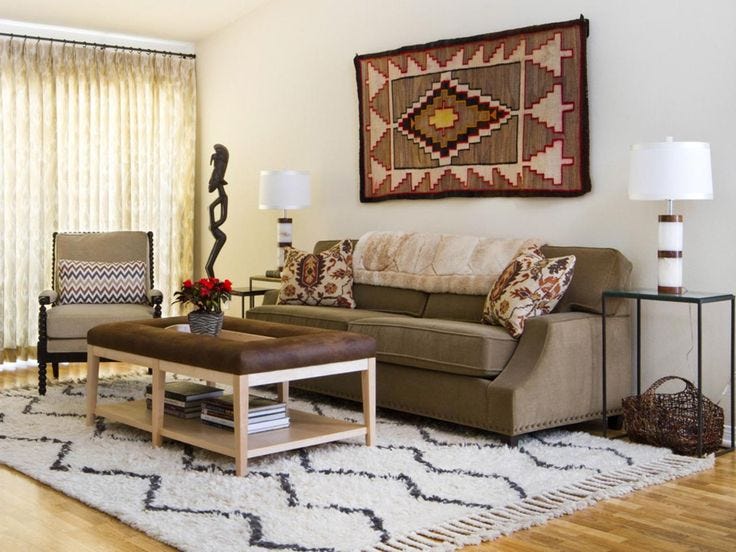Custom carpets are not just floor coverings; they are works of art that can elevate the aesthetic appeal of any room. Whether you’re looking to add a pop of color, introduce a unique pattern, or tie together various design elements, creating a custom carpet allows you to tailor the piece to your exact specifications.
In this article, we’ll explore the art of designing custom carpet and provide tips on how to create the perfect design for your space.
Understanding Your Space
Before diving into the design process, it’s essential to understand the space where the custom carpet will be placed. Consider factors such as:
- Room Size and Shape: Take measurements to determine the appropriate size and shape for the carpet.
- Existing Decor: Consider the colors, patterns, and textures already present in the room to ensure the carpet complements the overall aesthetic.
- Functionality: Think about the intended use of the space and how the carpet will fit into that function.
Choosing the Right Materials
The materials you choose for your custom carpet will impact both its aesthetic and practical qualities. Common materials for custom carpets include:
- Wool: Known for its durability, softness, and natural resistance to stains and dirt.
- Silk: Provides a luxurious sheen and vibrant colors but may be less durable than wool.
- Nylon: Offers excellent resilience and stain resistance, making it ideal for high-traffic areas.
- Polypropylene: A budget-friendly option that is resistant to moisture and fading.
Consider the texture, pile height, and weave of the carpet material to achieve the desired look and feel.
Exploring Design Options
When it comes to designing your custom carpet, the possibilities are endless. Here are some design options to consider:
- Color Palette: Choose colors that complement the existing decor while adding visual interest. Consider incorporating different shades and tones to create depth.
- Patterns: Decide whether you want a solid color carpet, a subtle pattern, or a bold design statement. Common patterns include geometric shapes, floral motifs, and abstract designs.
- Borders and Edging: Consider adding a border or edging to frame the carpet and define its boundaries. This can help tie the carpet into the room’s design scheme.
- Custom Elements: Personalize your carpet with custom elements such as monograms, logos, or family crests for a truly unique touch.
Seeking Inspiration
If you’re feeling stuck or unsure about where to start with your custom carpet design, seek inspiration from various sources:
- Interior Design Magazines: Browse through magazines and online publications for inspiration and ideas.
- Pinterest and Instagram: Explore social media platforms for images of custom carpets in various styles and designs.
- Art and Nature: Draw inspiration from art, nature, and other elements of the world around you. Look for patterns, colors, and textures that resonate with your aesthetic.
Working with a Designer
If you’re not confident in your design abilities or want professional guidance, consider working with a designer who specializes in custom carpets. A designer can:
- Offer Expert Advice: Provide insights and recommendations based on their experience and expertise.
- Create Custom Designs: Develop unique design concepts tailored to your preferences and specifications.
- Assist with Material Selection: Help you choose the right materials, textures, and colors for your custom carpet.
- Provide Visualizations: Use digital tools and software to create visualizations of the proposed design, allowing you to see how the carpet will look in your space before it’s made.
Finalizing Your Design
Once you’ve settled on a design for your custom carpet, it’s time to finalize the details:
- Review and Revise: Take the time to review the design carefully and make any necessary revisions or adjustments.
- Consider Samples: Request samples of the materials and colors to ensure they meet your expectations.
- Confirm Measurements: Double-check the measurements to ensure the carpet will fit perfectly in your space.
- Place Your Order: Once you’re satisfied with the design, place your order with the manufacturer or retailer.
Conclusion
Designing a custom carpet is an opportunity to infuse your personality and style into your living space. By understanding your space, choosing the right materials, exploring design options, seeking inspiration, and working with a designer, you can create a custom carpet that not only enhances the aesthetic appeal of your home but also reflects your unique taste and vision. Whether you opt for a bold pattern, a subtle texture, or a personalized motif, the art of custom carpet design allows you to create a piece that truly speaks to you and transforms your space into a work of art.




